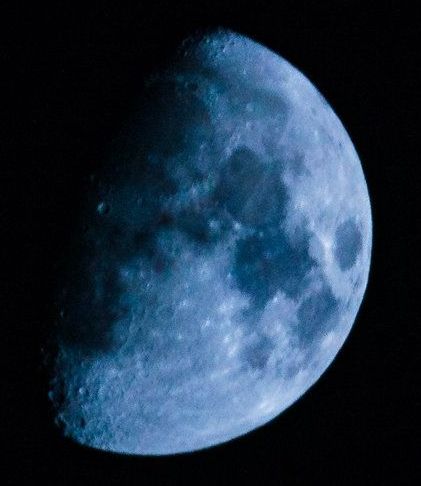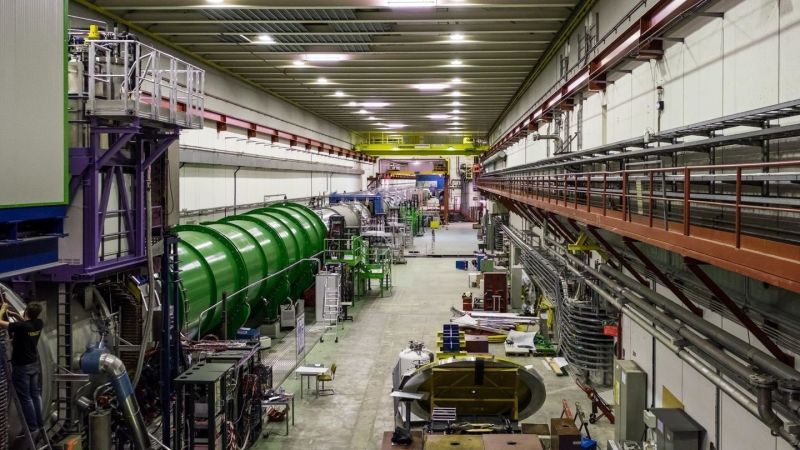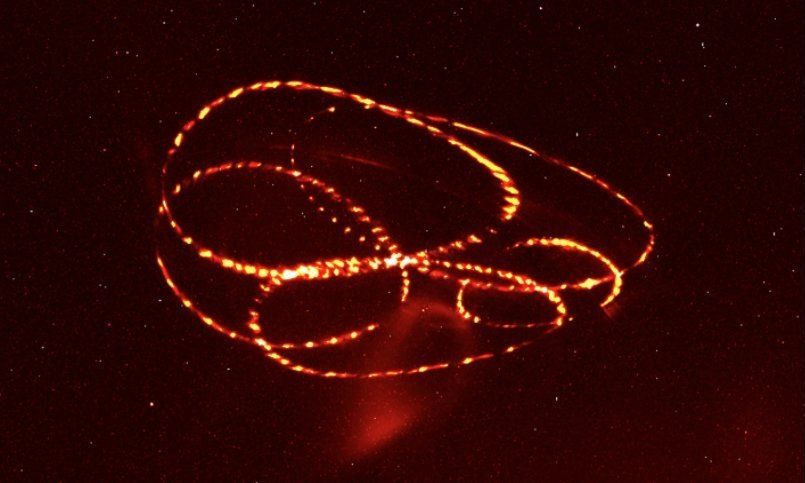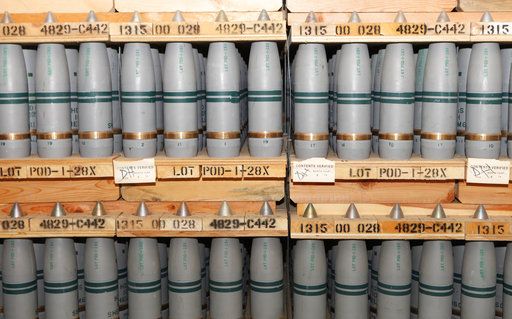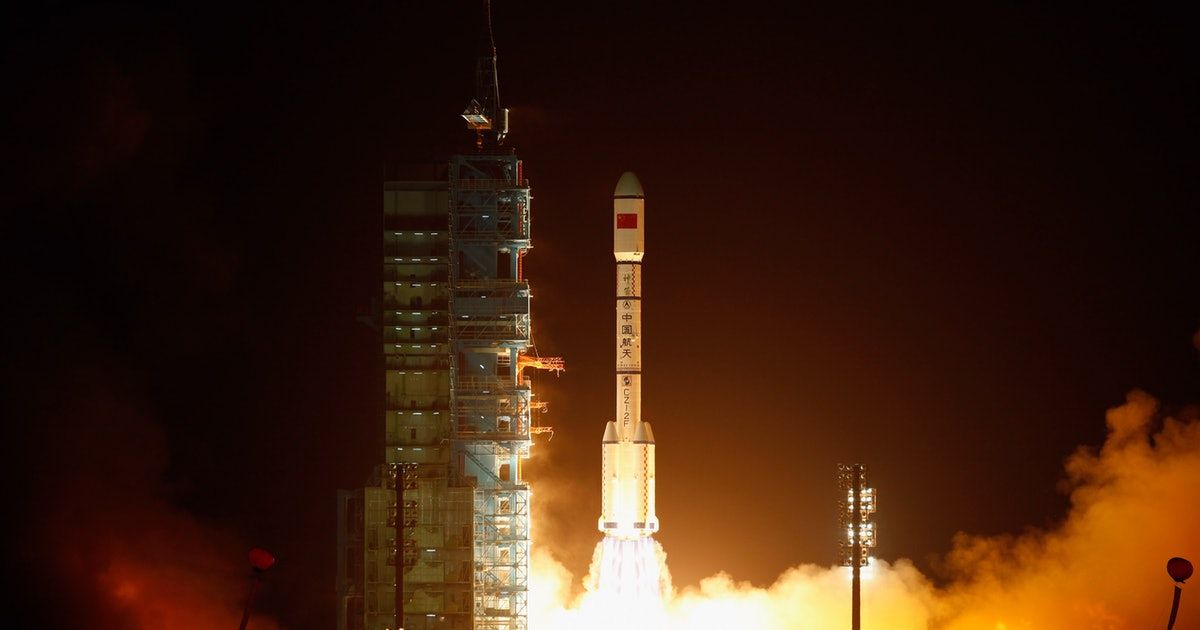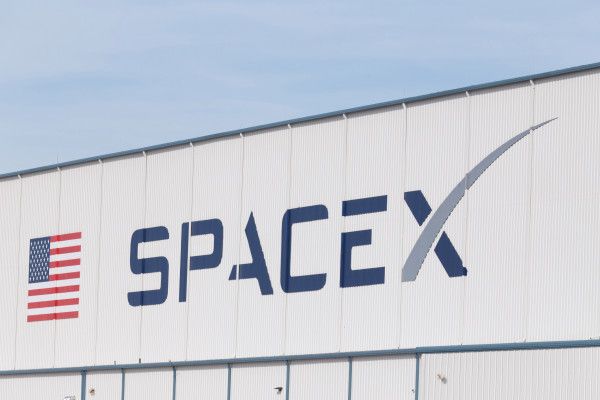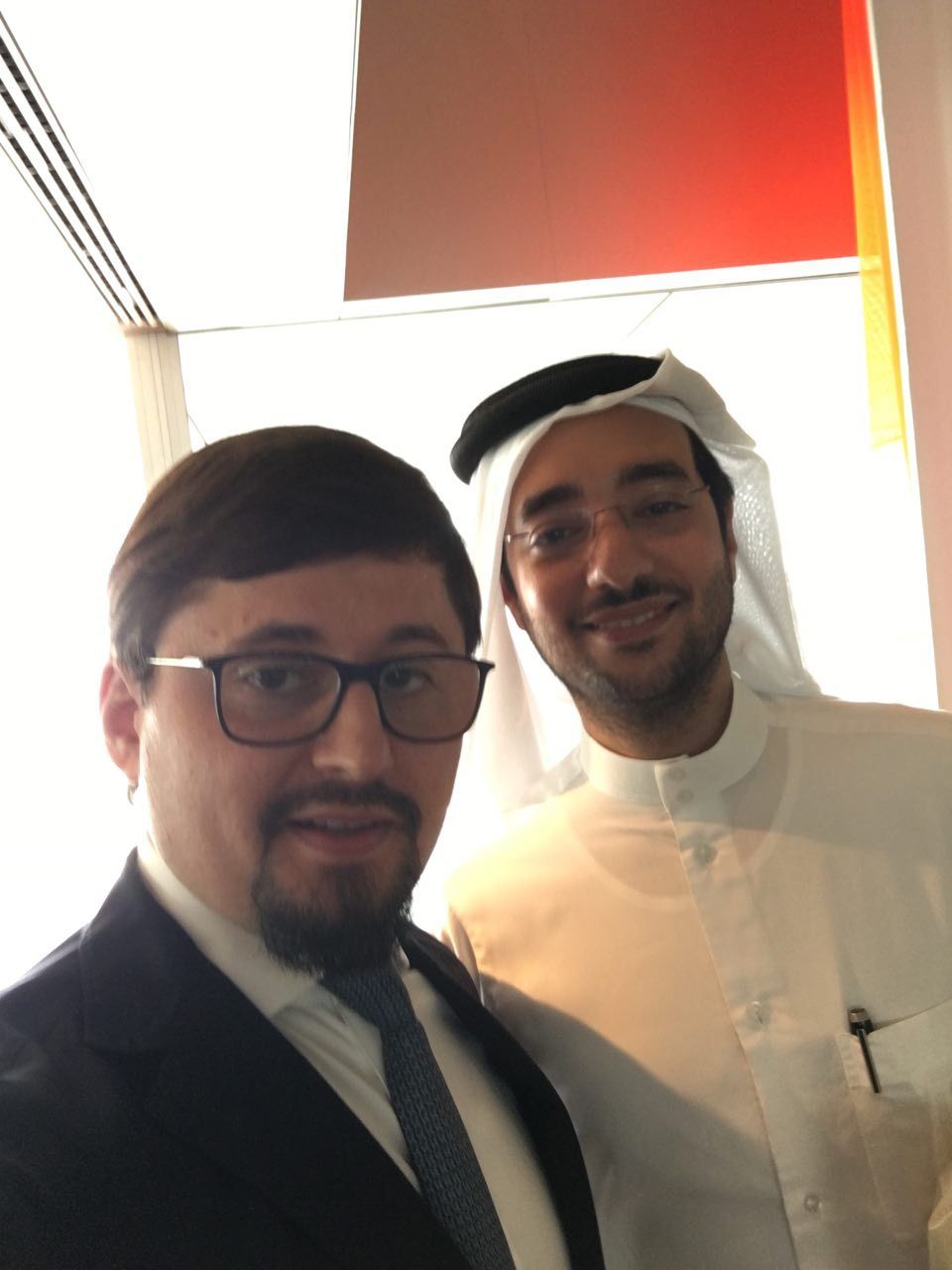Page 8884
Mar 29, 2018
CERN Researchers Think They Saw Rare Particle Decay That Could Lead to New Physics
Posted by Sean Brazell in category: particle physics
Physicists in Switzerland are on a subatomic hunt that, they hope, will reveal some entirely new results beyond the limits of their theories.
An experiment at CERN in Geneva, called NA62, is designed to let scientists watch a rare kind of particle decay. The team, using a whole new method, may have finally spotted what they’re looking for.
You’ve probably heard of quarks, the building blocks of other subatomic particles. There are six: the common up and down quark, the strange and charm quarks, and the rarest top and bottom quarks. Protons and neutrons contain only up and down quarks.
Mar 29, 2018
Research enhances performance of Germany’s new fusion device
Posted by Genevieve Klien in categories: nuclear energy, physics
A team of U.S. and German scientists has used a system of large magnetic “trim” coils designed and delivered by the U.S. Department of Energy’s (DOE) Princeton Plasma Physics Laboratory (PPPL) to achieve high performance in the latest round of experiments on the Wendelstein 7-X (W7-X) stellarator. The German machine, the world’s largest and most advanced stellarator, is being used to explore the scientific basis for fusion energy and test the suitability of the stellarator design for future fusion power plants. Such plants would use fusion reactions such as those that power the sun to create an unlimited energy source on Earth.
The new experiments amply demonstrated the ability of the five copper trim coils and their sophisticated control system, whose operation is led on-site by PPPL physicist Samuel Lazerson, to improve the overall performance of the W7-X. “What’s exciting about this is that the trim coils and Sam’s leadership are producing scientific understanding that will help to optimize future stellarators,” said PPPL physicist Hutch Neilson, who oversees the laboratory’s collaboration on the W7-X with the Max Planck Institute of Plasma Physics, which built the machine and now hosts the international team investigating the behavior of plasmas confined in its unique magnetic configuration.
Stellarators are twisty, doughnut-shaped facilities whose configuration contrasts with the smoothly doughnut-shaped facilities called tokamaks that are more widely used. A major advantage of stellarators is their ability to operate continuously with low input power to sustain the plasma without plasma disruptions—a risk that tokamaks face—enabling the facilities to operate efficiently in steady state. A disadvantage is that the twisting stellarator geometry is more complex to design and build.
Mar 29, 2018
US plant that destroys chemical weapons beset by troubles
Posted by Genevieve Klien in category: futurism
Mar 29, 2018
That Chinese Space Station Hurtling Toward Earth Could Hit One Of These U.S. Cities
Posted by Genevieve Klien in categories: education, space
Well, here’s some terrifying news: There’s a Chinese space station out in the galaxy that is hurtling towards Earth, and it is expected to hit the planet on or around Apr. 1, 2018. There’s no stopping it, and scientists have stated that they really don’t have much control over it either. On top of that, it could either cause a lot of damage or it could do almost nothing. In other words, it’s a very unclear situation! The question on everyone’s mind is an important one: where is the Chinese space station going to crash? Do you need to be worried about being destroyed by a flying space station on Easter Sunday?
Here’s the deal: in 2016, China lost control of their first space station, called Tiangong-1, which is about the size of a school bus (so, yes, it’s very large). According to Vox, China had once been planning on trying to give the space station a controlled descent to Earth so that we didn’t all have to worry about having large pieces of it fall on or around our homes. That’s when things got more out of control: the space station malfunctioned, for reasons we still don’t really know. Due to “orbital decay” (which is defined as “the process of prolonged reduction in the altitude of a satellite’s orbit.” So, essentially, it’s when objects enter the Earth’s atmosphere and burn up), the space station has been heading towards Earth since it went off on its own.
The time has now come for that space station to hit Earth. It is said to be about 124 miles above the Earth, and is expected to crash through the atmosphere on or around Apr. 1, according to the European Space Agency. The good news is that a lot of it will burn up in the atmosphere. The bad news is that there will still be some heavy pieces that get through and hit the ground. Also bad news: we can’t control any of it. Oh, and no one knows where it will land.
Mar 29, 2018
US to demand visa applicants turn over social media history
Posted by Genevieve Klien in category: futurism
The Trump administration is planning full implementation of its extreme vetting to all non-immigrant visa applicants, with a requirement to disclose social media accounts, phone numbers, and emails.
Mar 29, 2018
Richard Taylor, Stanford physicist who won Nobel, dies
Posted by Genevieve Klien in category: particle physics
Shortly after learning he’d won the Nobel Prize in physics, Richard Taylor stared at his reflection in a mirror.
“Murray Gell-Mann is smart. Dick Garwin is smart,” he told himself, referring to two pioneering 20th century physicists. “You are lucky.”
The self-effacing Taylor, a Stanford University professor emeritus of physics who shared the Nobel in 1990 for his role in the discovery of quarks, died Feb. 22 at his home on the Stanford campus. He was 88.
Continue reading “Richard Taylor, Stanford physicist who won Nobel, dies” »
Mar 29, 2018
Flying a Tiny Drone to a Staggering 33,000 Feet Gives You the Ultimate Bird’s-Eye View
Posted by Genevieve Klien in categories: drones, robotics/AI
To ensure the safety of larger aircraft carrying pilots and passengers, unmanned aerial vehicles, or drones, can’t be flown higher than 400 feet so they don’t enter national airspace. Regulations in Russia, however, aren’t as strict, enabling drone pilot Denis Koryakin to fly his homebuilt, 2.3-pound craft to a staggering height of almost 33,000 feet.
For comparison, a 747 has a maximum ceiling of just over 45,000 feet, but most airliners will cruise at around the same altitude this tiny drone managed to reach. As amazing as the view is from 33,000 feet, it’s certainly a dangerous stunt and will get you in heaps of trouble in the US if you get caught. But Koryakin’s flight took place near the city of Strejevoï, in Siberia, which is notoriously frigid and sparsely populated. Russia also doesn’t appear to have any regulations on how high a drone can be flown, but hopefully stunts like this don’t become too commonplace.
Mar 29, 2018
FCC approves SpaceX plan for 4,425-satellite broadband network
Posted by Genevieve Klien in categories: Elon Musk, internet, satellites
SpaceX has a green light from the FCC to launch a network of thousands of satellites blanketing the globe with broadband. And you won’t have too long to wait — on a cosmic scale, anyway. Part of the agreement is that SpaceX launch half of its proposed 4,425 satellites within six years.
The approval of SpaceX’s application was not seriously in doubt after last month’s memo from FCC Chairman Ajit Pai, who was excited at the prospect of the first U.S.-based company being authorized to launch a constellation like this.
“I have asked my colleagues to join me in supporting this application and moving to unleash the power of satellite constellations to provide high-speed Internet to rural Americans,” he wrote at the time. He really is pushing that “digital divide” thing. Not that Elon Musk disagrees:
Continue reading “FCC approves SpaceX plan for 4,425-satellite broadband network” »
Executive director Qatar Foundation Omran Al Kuwary excited to be among first adopters of DAYS.exchange plan to consolidate longevity top experts in order to find elixir of youth.
